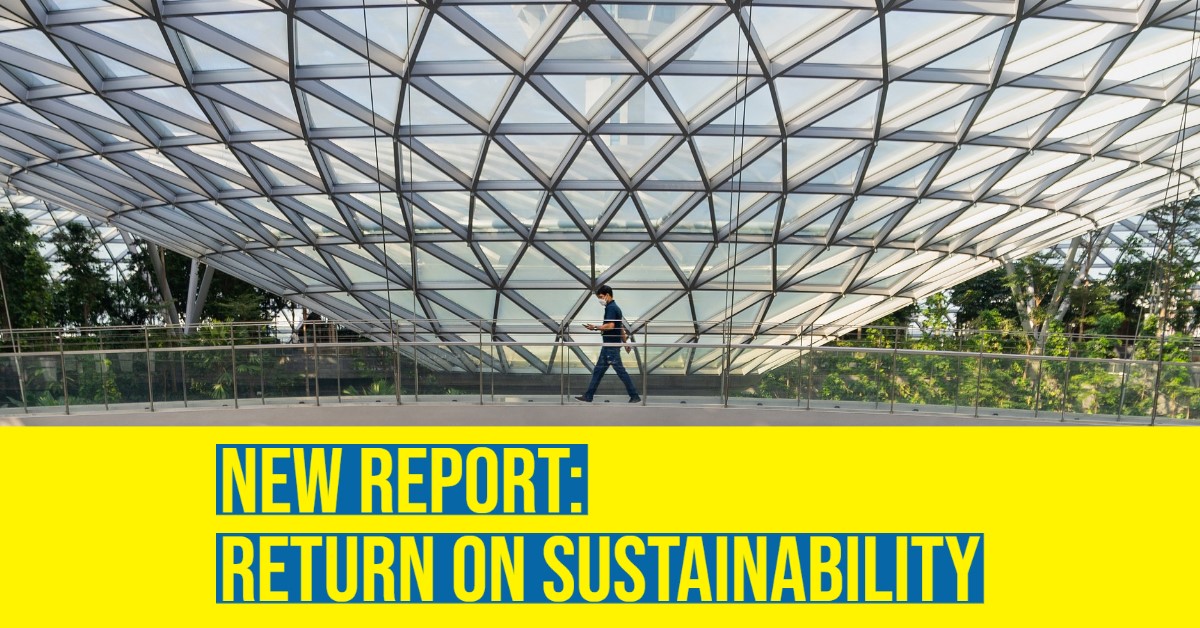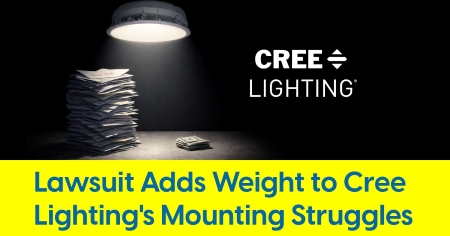January 18, 2022
New Report: Return on Sustainability
How the "value of green" conversation is growing up
CHICAGO -- Expectations for new buildings – from amenities to environmental footprint – have increased significantly in recent years. Sustainability continues to move up the corporate priority list and investors are rethinking value, making the threat of a "brown discount" more real than ever.
A new report by JLL (NYSE: JLL), "Return on Sustainability: How the 'value of green' conversation is growing up," highlights the urgency for investors to move beyond the conversation around the "value of green" to instead focus on the long-term return on sustainability. The paper explores a step-change at play around what qualifies a best-in-class building.
"The bar is being raised on what it means to be green," explained JLL's Global Head of Sustainability Services and ESG, Guy Grainger. "Now that the business case for sustainability is undeniable, the time has come to evolve the valuation conversation."
There is a strong financial incentive to go green
While investors initially doubted the value of certifications like LEED and BREEAM, evidence now shows that green certifications result in a rent premium of 6% and a sales premium of 7.6%. These so-called "green premiums" are proving materially significant, however, there is another facet to consider. JLL's research shows that buildings that don't evolve to meet sustainability standards will suffer financially – resulting in a "brown discount."
The definition of green is evolving
New dimensions are quickly emerging to influence the value conversation. Climate risk and resilience, carbon emissions and occupant health are increasingly contributing to conversations around what it means to be "best-in-class" in the built environment.
JLL's April 2021 survey of nearly 1,000 executives, investors and corporate occupiers found that:
- 83% of occupiers and 78% of investors believe climate risk is financial risk.
- 79% of occupiers anticipate that carbon emissions reduction will be part of their corporate sustainability strategy by 2025.
- 42% of occupiers believe that their employees will increasingly demand green and healthy spaces.
Sustainability and wellness-focused certification systems will need to adapt to meet this new moment. Up until now, a highly rated, green-certified building hasn't necessarily been a building with the lowest carbon footprint. Certification standards will soon change as LEED, BREEAM and others launch new carbon-centric benchmarks, defining carbon footprint and incorporating additional elements in the calculation. As investors and companies make environmental and social commitments, they will increasingly need to consider their real estate portfolio to meet climate goals.
Time is of the essence. According to the Paris Agreement, to avoid the worst impacts from climate change on the global economy, emissions must be reduced 50% by 2030, and the world must reach net zero carbon by 2050. JLL's paper urges those who shape the built environment to take action to avoid asset stranding and to push for sustainable, resilient and healthy places, even in the absence of the perfect case study or data.
Find out more in the JLL report "Return on Sustainability: How the 'value of green' conversation is growing up."
REPORT: Return on Sustainability »
Don’t miss the next big lighting story…Click here to subscribe to the inside.lighting InfoLetter |










